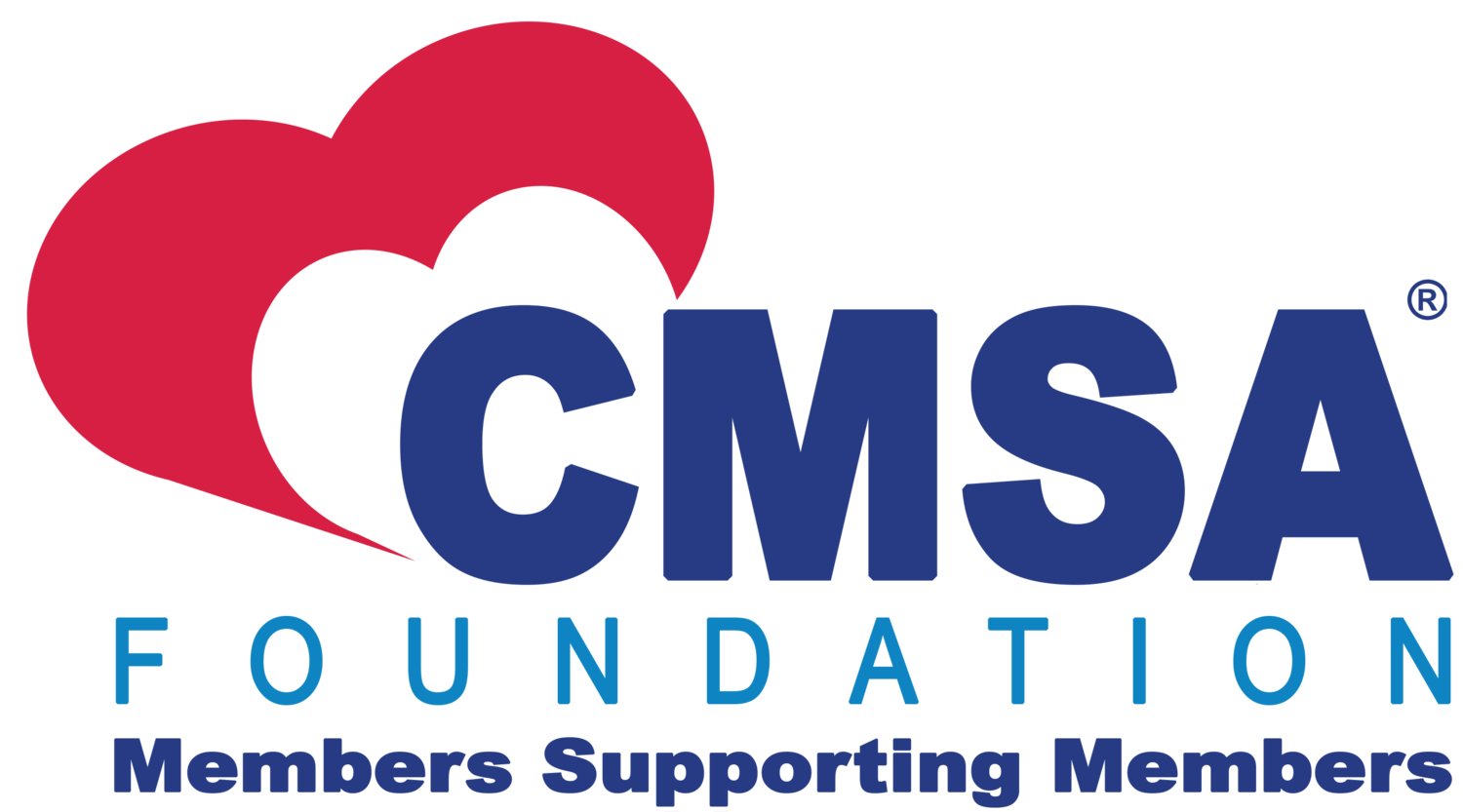2020 CASE MANAGEMENT PRACTICE IMPROVEMENT AWARD
PROJECT TITLE: “High Outreach to Promote Engagement (H.O.P.E.)”
RECIPIENT: Anthem, Inc
CATEGORY: Patient Engagement
ABSTRACT: The U.S. health care system is not adequately meeting the needs of complex patients - the five percent of the population who account for 49 percent of healthcare expenditures each year. Recognizing this, Anthem initiated our High Outreach to Promote Engagement (H.O.P.E.) program to educate and empower our highest-utilizing population to access the most appropriate care to meet their healthcare needs. These members, often referred to as “super-utilizers,” have greater unmet medical, behavioral, and social issues than do other adults, and they require greater support to help manage their complex needs. According to the Commonwealth Fund, research indicates that better access to care and good patient–provider communication make patients less likely to delay essential care and be less likely to use the emergency department for non-urgent care, lowering avoidable costs. For Anthem to improve outcomes and achieve lower avoidable costs for this population, we assess their comprehensive medical and behavioral health needs and social determinants of health (SDoH), provide intensive care coordination, and work to improve provider communication with them. We achieve this through our H.O.P.E. Case Managers (CMs), who are licensed clinicians and are the lead resource and central point of contact responsible for supporting all aspects of services, regardless of diagnosis. H.O.P.E. Case Managers outreach to members at least twice a month. One of those contacts is face-to-face to develop trust and cooperation as member and CM work together to create, update and accomplish care plan goals. The case managers also work with providers, such as primary care physicians, health homes, specialty physicians, and hospitals, to ensure all parties are aligned. Additionally, they coordinate with Anthem’s Wellness and Recovery staff, who assist (either in person or telephonically) with members who have a history of substance abuse disorder or mental illness. The H.O.P.E. Case Managers coordinate care by proactively following up on all inpatient or emergency room utilization to educate the member about appropriate follow-up care, to conduct medication reconciliation, and to evaluate care plan goals. They develop a plan to increase access to appropriate care, increase health literacy, and improve how providers communicate with these patients.
Anthem identified super-utilizers as an area of need. Super-utilizers are a small percentage of our member population who are responsible for a significant portion of health care spending. These members typically have high rates of multiple chronic conditions (MCC) and higher than average emergency room (ER) and inpatient (IP) admissions annually. OPENMINDS, a health and human service industry leader focusing on marketplace efficiencies, reports that 44 percent of the super-utilizer population also has a serious behavioral health diagnosis, reinforcing growing evidence regarding the impact of behavioral disorders on the outcomes of a wide range of physical conditions. The goal of the H.O.P.E. program is to provide support in the realms physical and behavioral health sufficient to reach a minimum five percent reduction in avoidable ER visits and inpatient admissions within the identified population of members by providing a single point of contact for all managed members.
During the planning period for this program, individuals who experienced three or more avoidable ER visits in a six-month period were identified across all health plans to establish a baseline. A clear trend emerged for avoidable ER utilization, according to the data extrapolation to support areas of primary need. After adding data for inpatient admissions, a list of targeted states for the H.O.P.E. program emerged. To avoid duplication and build on the strength of our case management program, we compared this information to existing programs to create the final list of participating health plans. During round one of implementation in 2018, nine states demonstrated the greatest potential for the intervention based on volume and associated costs for both ER and IP utilization: California, Florida, Georgia, Nevada, South Carolina, Tennessee, Texas, Virginia and West Virginia. Based on the initial evaluation and discussion(s) with business leaders, we decided these states were the most appropriate for inclusion in the prioritized rollout of the H.O.P.E. program. In the spring of 2019, we added four states as part of a second round of implementation – Colorado, Kentucky, Iowa, and Louisiana.
RESULTS / OUTCOMES:
The H.O.P.E. program offers direct person-to-person interaction with the member, which allows for stronger relationship-building, better engagement, and more complete assessment of the individual's environment and other factors than solely telephonic programs. The program has been successful, generating a 69.92 percent decrease in inpatient claims and 20.94 percent decrease in ER claims from pre- to post-engagement.
Benchmark: Identified Best Practices: During the planning process, we researched best practices to identify targeted strategies to incorporate within the H.O.P.E. program. Two compilations from The Commonwealth Fund stood out in our findings and were very influential in our planning process: Models of Care for High Need, High Cost Patient: An Evidence Synthesis (October 2015), and Caring for High Need, High Cost Patient: What Makes a Successful Care Management Program (August 2014).
Benchmark: Pre- and Post-Intervention Data: To assess impact, we are measuring outcomes throughout the intervention period as well as pre- and post-intervention data. The ultimate goal is achieving overall cost savings based on a five percent reduction of avoidable ER utilization and a five percent decrease in IP admissions within the targeted population. Additional program measure include:
Reduction in number of IP admissions
Reduction in number of ER visits
Overall reduction in paid amount by health plan for ER and IP admissions
HOPE Program Brings That and More to Members with Chronic Conditions

